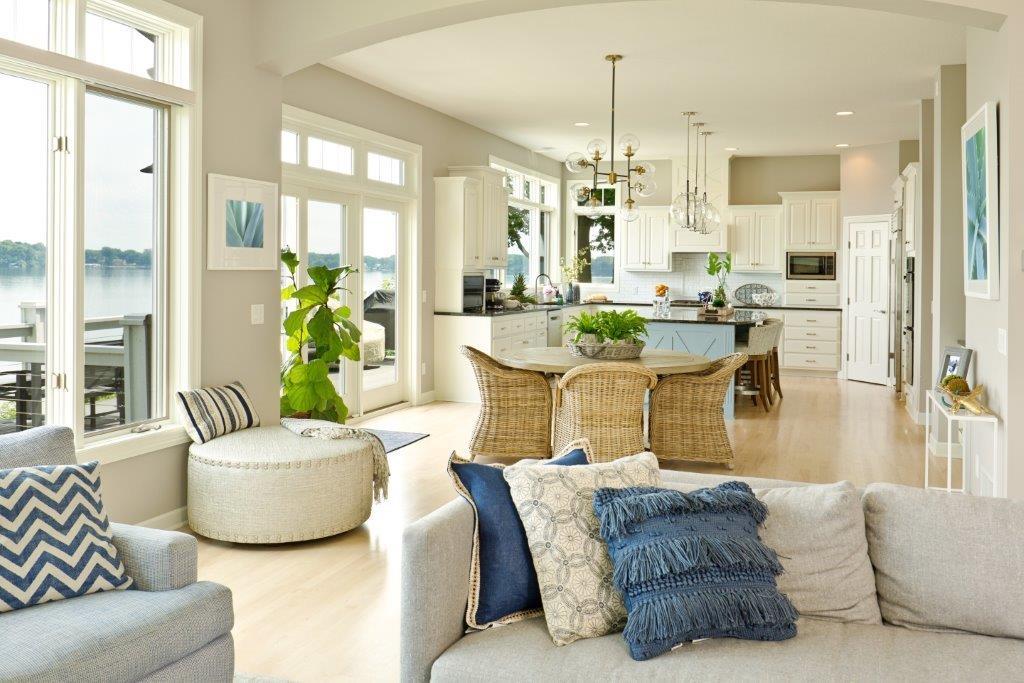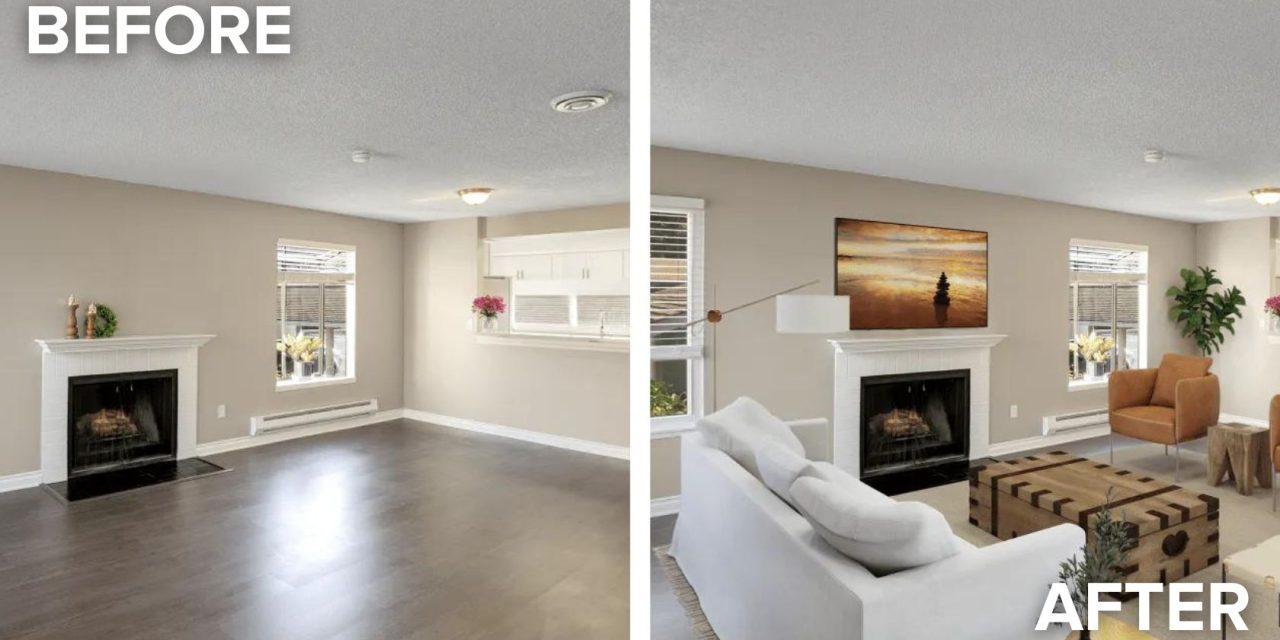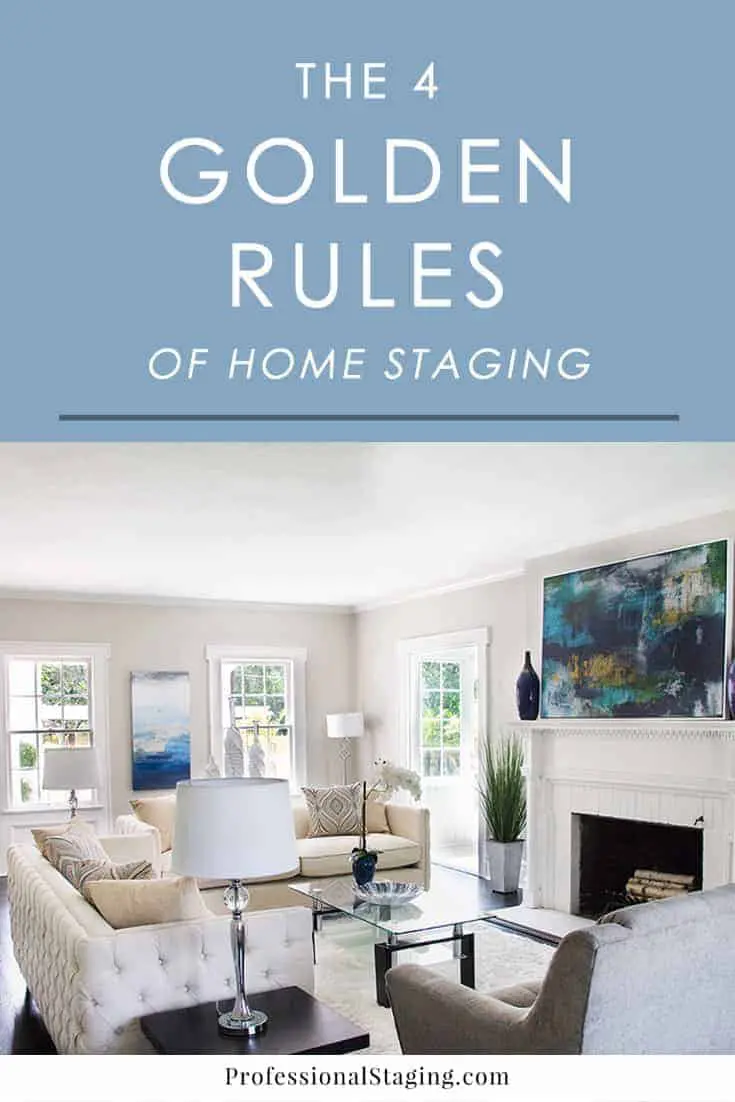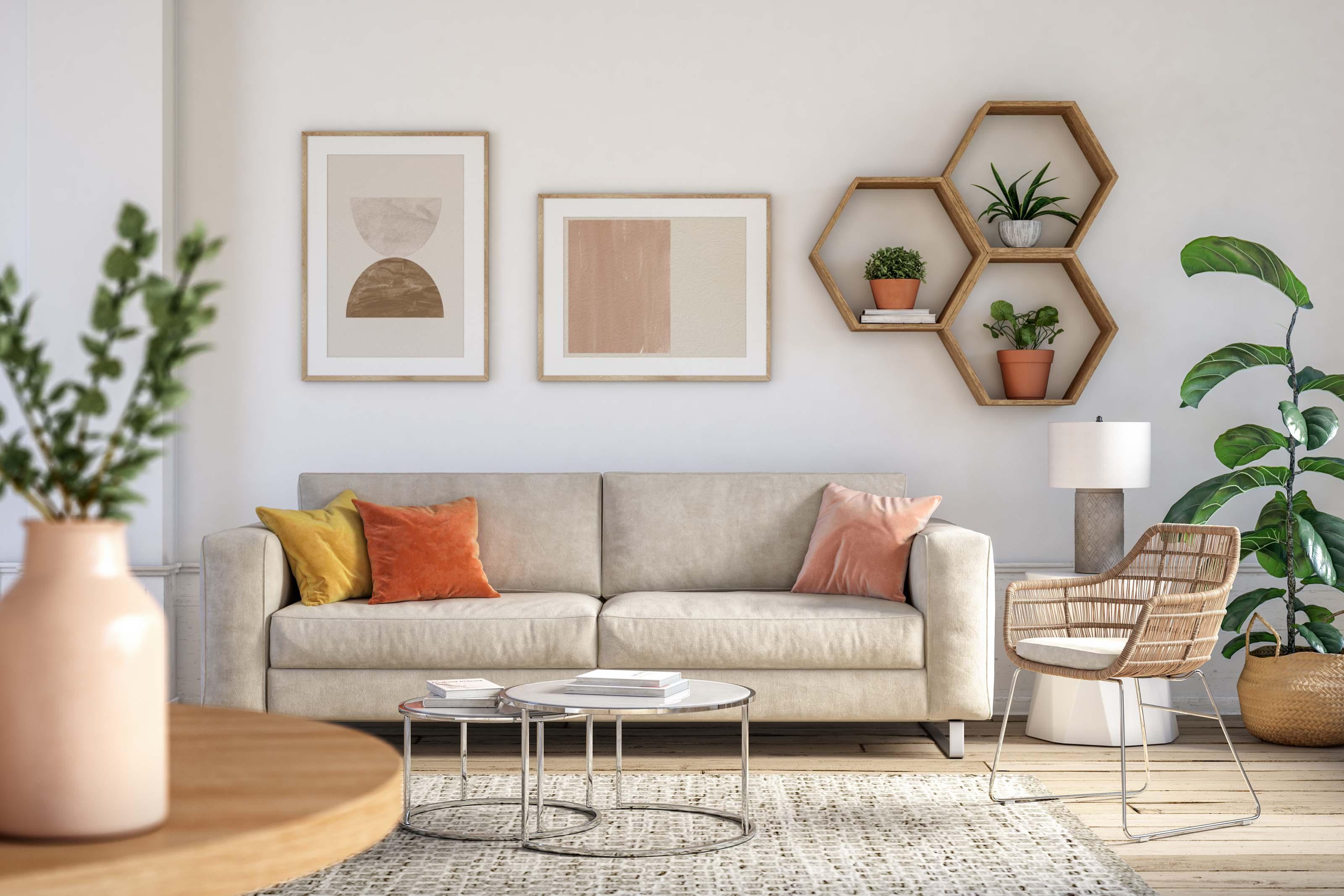In a world where first impressions matter more than ever, the art of home staging emerges as a powerful tool for sellers aiming to captivate potential buyers. Imagine walking into a space that feels effortlessly inviting, where each room whispers the promise of possibility and comfort. Home staging transcends mere aesthetics; it’s about creating an emotional connection that makes prospective buyers envision their new lives within those walls. Whether you’re preparing to sell your home or simply seeking to refresh your space, understanding the nuances of home staging can transform ordinary rooms into extraordinary showcases. In this article, we’ll explore practical tips and creative strategies to help you stage your home, turning it into a canvas that tells your unique story and draws in the right audience. Join us as we unlock the secrets to making your home irresistible to everyone who walks through the door.
Transforming Spaces with Strategic Furniture Arrangement
Strategically arranging furniture can dramatically enhance the appearance and functionality of a space. By focusing on focal points and flow, you can create an inviting atmosphere that not only showcases the home’s best features but also helps potential buyers envision their lives within the space. Consider the following tips for effective arrangement:
- Create Clear Pathways: Ensure there’s enough space for easy movement throughout the room, facilitating a natural traffic flow.
- Establish Intentional Areas: Use furniture to define functional areas, such as a reading nook or conversation space.
- Highlight Key Features: Position furniture to draw attention to architectural details or view windows, enhancing the home’s charm.
Additionally, measuring dimensions and maintaining balance can make a significant difference. When placing items, aim for a cohesive look by keeping in mind the proportions of furniture pieces relative to the room size. Check out the following table for a quick visual guide on optimal furniture placement:
| Room Type | Key Furniture Arrangement Tips |
|---|---|
| Living Room | Facilitate conversation by placing seating in a U-shape. |
| Bedroom | Position the bed against the longest wall to maximize space. |
| Dining Room | Leave at least 36 inches of space around the table for easy movement. |

Enhancing Ambiance through Color and Lighting Choices
Choosing the right color palette can transform a space, evoking emotions and creating lasting impressions. Warm colors like reds, oranges, and yellows can foster feelings of warmth and comfort, making a room more inviting. Conversely, cool colors such as blues, greens, and purples tend to promote calmness and relaxation, particularly beneficial in bedrooms and bathrooms. To curate an atmosphere that resonates with potential buyers, consider incorporating these effective color strategies:
- Neutral Tones: Utilize whites, grays, and beiges as a base to make spaces feel larger and more versatile.
- Accent Walls: Add depth with a bold accent wall that draws the eye without overwhelming.
- Strategic Placement: Highlight architectural features or focal points with color contrasts.
In tandem with color choices, lighting plays a pivotal role in setting the mood. Natural light is ideal, so ensure windows are unobstructed and clean to let sunshine flood your spaces. When artificial lighting is necessary, layer your light sources. Use a combination of ambient, task, and accent lighting to create a well-lit, inviting atmosphere. A helpful guideline for effective lighting design includes:
| Lighting Type | Purpose |
|---|---|
| Ambient | General illumination for the entire room |
| Task | Focused light for specific activities (e.g., reading, cooking) |
| Accent | Highlight features or decor to create interest |

The Art of Decluttering for an Inviting Atmosphere
Creating a warm and inviting atmosphere begins with the art of decluttering. Start by removing items that are not essential to the space. A refined and open environment allows potential buyers or guests to imagine their own lives within the home. To achieve this, consider employing the following strategies:
- Clear Surfaces: Keep countertops, tables, and other surfaces free from unnecessary items to foster a sense of spaciousness.
- Organize Closets: Neatly arranged closets demonstrate ample storage space and can be a selling point.
- Minimal Decor: Stick to a few tasteful decor pieces that resonate well with the overall theme of the house.
Once you’ve decluttered, focus on creating arrangements that enhance the ambiance. Use furniture to define spaces while ensuring pathways remain clear. The key is to inspire a sense of flow throughout the home. To effectively highlight areas, try implementing these tips:
- Strategic Furniture Placement: Position your furniture to create welcoming conversation areas and draw attention to focal points.
- Soft Lighting: Utilize soft, warm lighting to create inviting spaces, making each room feel cozy and welcoming.
- Layer Textures: Introduce a variety of textures through cushions, throws, or rugs to add depth without overcrowding the space.

Curb Appeal Essentials to Make a Lasting First Impression
Enhancing your home’s exterior can significantly increase its appeal to potential buyers. Start by focusing on the entryway, which is the focal point of your home. An inviting front door can set the tone for the rest of the property. Consider these transformative ideas:
- Fresh Paint: A coat of bold or neutral color can revive the appearance of your door.
- Seasonal Decor: Add a charming wreath or unique door knocker for personality.
- Good Lighting: Install welcoming wall sconces or a stylish porch light for safety and ambiance.
Next, turn your attention to the landscaping around your home. A well-maintained yard signals that the home has been cared for. Aim to create a balanced and inviting outdoor space by using these tips:
- Trimmed Hedges: Keep bushes and shrubs neatly cut to promote a tidy appearance.
- Lush Greenery: Incorporate vibrant plants or flowers to create a pop of color.
- Walkway Improvements: A clean, clear path leading to your door enhances accessibility and charm.
Q&A
Q&A: Home Staging Tips for a Stunning Showcase
Q: What is home staging and why is it important?
A: Home staging is the art of preparing a residence for sale in the real estate market. It involves arranging furniture, decor, and lighting to highlight the property’s strengths and minimize its weaknesses. A well-staged home can create an inviting atmosphere that allows potential buyers to envision themselves living in the space, often leading to quicker sales and better offers.
Q: How should one approach furniture arrangement during staging?
A: Start by defining the purpose of each room. Create a natural flow by arranging furniture in a way that facilitates conversation and movement. Avoid overcrowding; strategically place pieces to make rooms appear larger and more functional. Don’t forget the golden rule—less is more! Aim for a balanced look that draws attention to the space itself.
Q: What role does lighting play in staging?
A: Lighting is a game-changer in home staging. Natural light should be maximized, so consider pulling back curtains and ensuring windows are clean. For artificial lighting, choose warm bulbs to create a cozy ambiance. Layer lighting with various sources—overheads, floor lamps, and table lamps—to highlight different zones within a room. A well-lit space feels inviting and spacious!
Q: Are there specific colors that work best when staging a home?
A: Neutral colors tend to be the best bet for home staging. Shades like taupe, soft gray, and light beige create a blank canvas that appeals to a wide range of tastes. Accents of bolder colors can add interest, but should be used sparingly through decor items like cushions or artwork. Remember, the goal is to create a space that feels welcoming, not overwhelming.
Q: How important is curb appeal in the staging process?
A: Curb appeal is crucial, as it sets the first impression before potential buyers step inside. Start with simple updates: trim overgrown bushes, plant colorful flowers, and ensure the lawn is well-kept. A fresh coat of paint on the front door or new house numbers can also add charm. The exterior should invite buyers in, showcasing warmth and care for the property.
Q: Should personal items and decor be removed during staging?
A: Yes, decluttering and depersonalizing are key steps in the staging process. Personal items, such as family photos and memorabilia, can distract buyers. Aim to create a neutral atmosphere by removing excess clutter while leaving a few tasteful decorative items. This allows prospective buyers to visualize their own belongings in the space.
Q: How can I create a sense of space in smaller rooms?
A: For smaller rooms, focus on light colors and smart furniture choices. Use mirrors to reflect light and create an illusion of depth. Opt for multi-functional furniture, such as an ottoman that doubles as storage. Avoid oversized pieces that can overpower a room. Keep pathways clear to enhance mobility and make your little spaces feel more expansive.
Q: what are some finishing touches that can enhance the staging?
A: Finishing touches add personality and warmth to your staged home. Consider fresh flowers or greenery for a pop of life. Soft, inviting textiles—such as throws and cushions—can create comfort. Don’t underestimate the power of pleasant scents; a light fragrance can evoke feelings of home. These small details can make a big difference in the overall ambiance and appeal of your space.
With these home staging tips, you’re well on your way to creating an environment that captivates buyers and encourages fast, favorable offers. Happy staging!
Wrapping Up
As you embark on the journey of home staging, remember that every detail matters. From the subtle arrangement of furniture to the choice of colors that evoke warmth and welcome, each element plays a crucial role in presenting your space in the best light. These tips are not just guidelines; they are invitations for potential buyers to envision their lives within your walls.
Whether you’re preparing to sell or simply wish to refresh your home’s aesthetic, the art of staging offers a unique opportunity to tell a story—a story that resonates with those who step through your door. Embrace the process, unleash your creativity, and allow your home to shine. With a little effort and ingenuity, you can transform any room into a captivating canvas, inviting new possibilities and experiences.
Now, armed with these insights, you are ready to create an inviting atmosphere that will not only dazzle prospective buyers but also reflect the beauty of your home. Here’s to your staging success!


